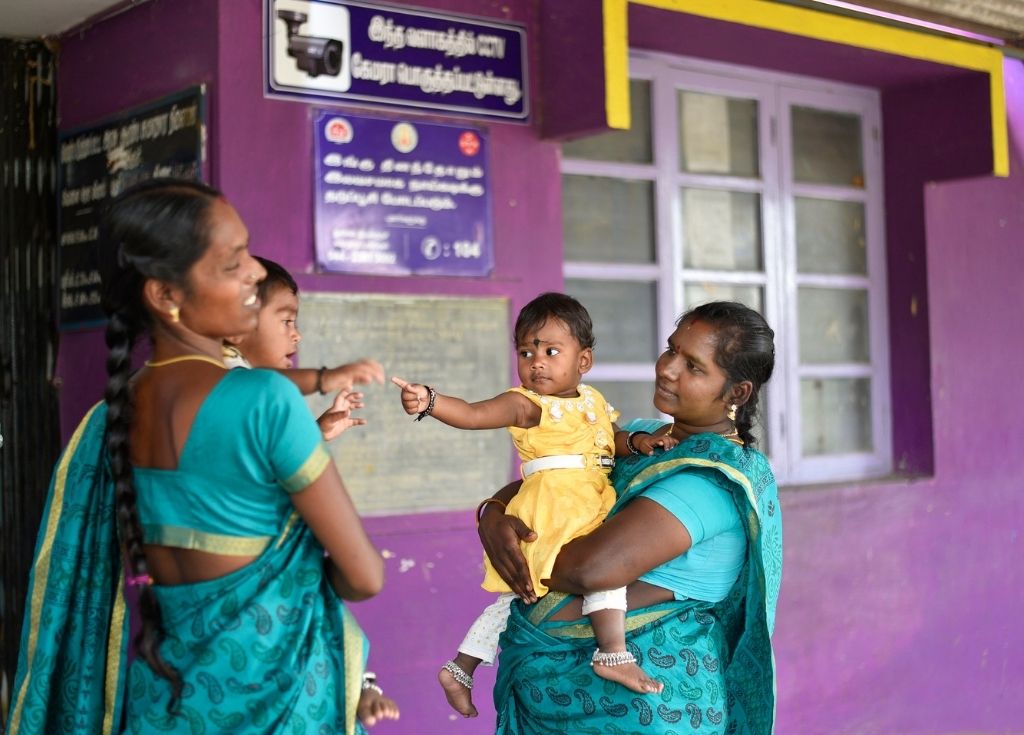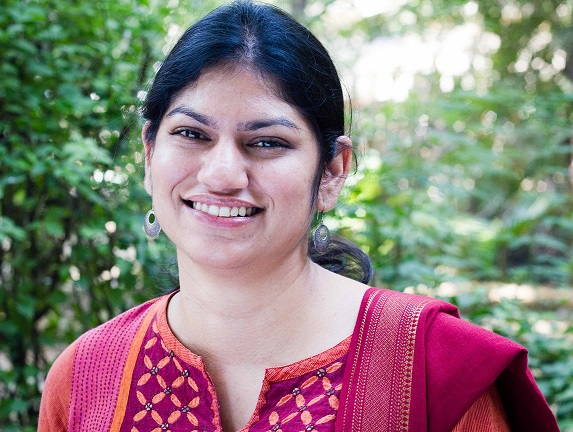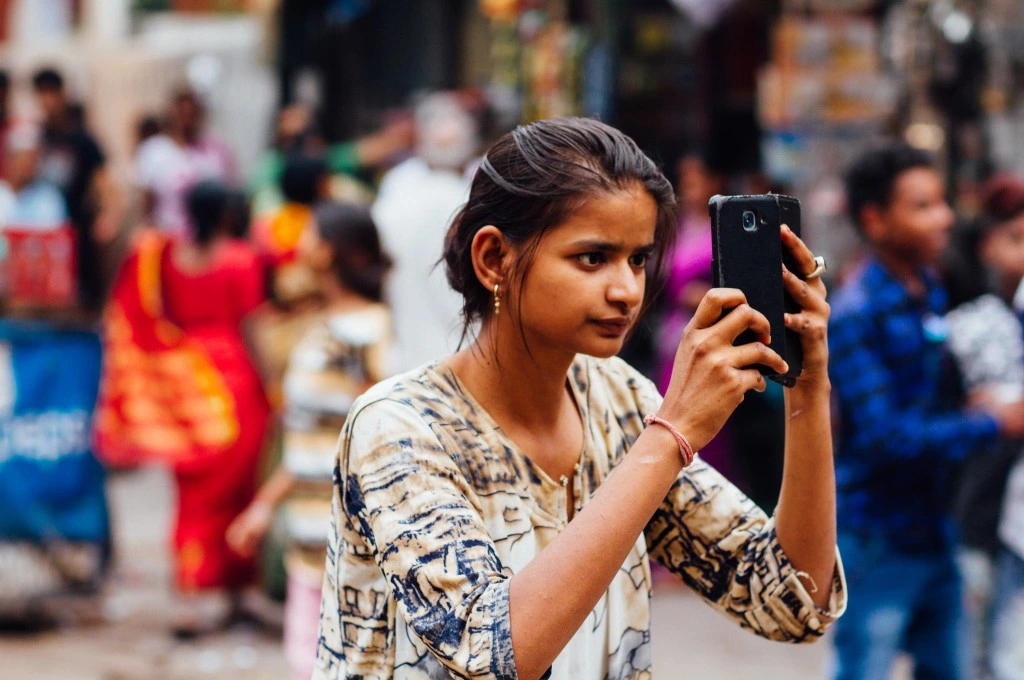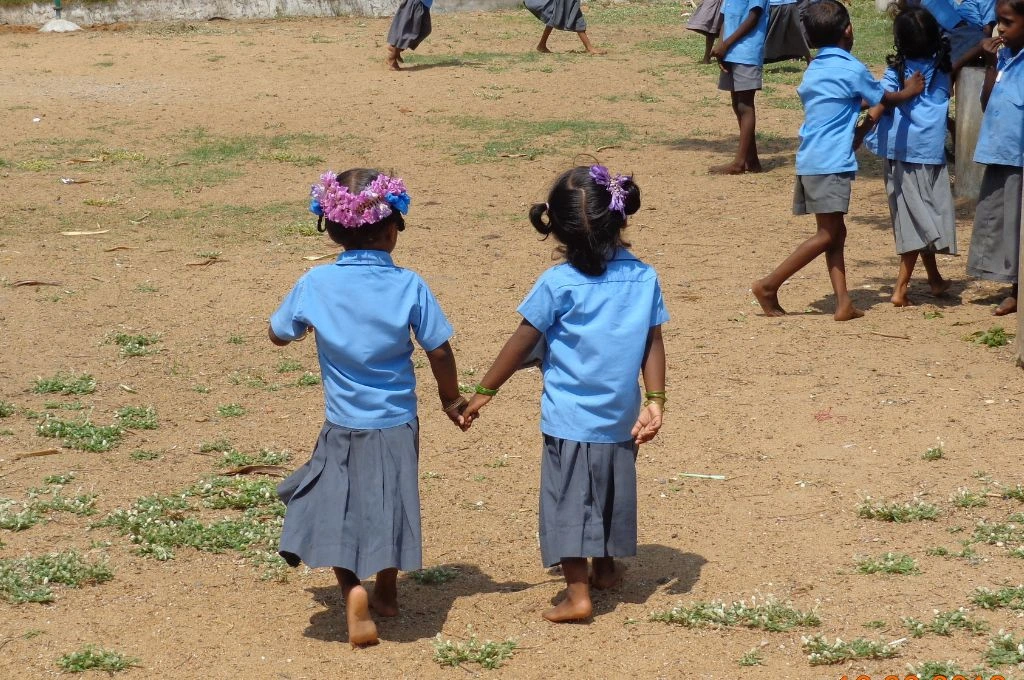Unlike last year, this year expectations from Budget 2022-23 with respect to the social sector—particularly with respect to schemes for nutrition—were low.
While India relied heavily during the peak of the pandemic last year on its welfare architecture, trends on the release of funds by the Union government during the year already gave an indication that keeping the fiscal deficit in check would come at the expense of the social sector.
Till December 2021, with more than three-fourth of the financial year completed, around half of the allocations had been released for many schemes.

Take the example of two important nutrition related programmes: the Integrated Child Development Services (now a part of the newly announced Saksham Anganwadi and POSHAN 2.0) which provides basic education, health, and nutrition services for early childhood development and the Mid-Day Meal Scheme (now renamed Pradhan Mantri Poshan Shakti Nirman) which caters to 118 million school going children by providing hot cooked meals in government and government-aided schools.
The presence of millions of frontline workers in schools and anganwadis allowed us to quickly ensure the delivery of rations and food security allowance directly into people’s homes. Yet, between April to December 2021, only 48% of the approved budgets for mid-day meals had been released. For ICDS, it was 52%.
Therefore, it comes at no surprise that the allocations for mid-day meals are 11% lower than the budget estimates for the previous year. Similarly, even for Saksham Anganwadi and POSHAN 2.0, allocations remain lower than the sum of its components even for the budget estimates of financial year 2020-21.

But there were some surprises. The Mahatma Gandhi National Rural Employment Guarantee Programme (MGNREGA) has been an important social safety net for many during the pandemic. Demand for work remains higher than pre-pandemic levels, though unmet demand (or the difference between employment provided versus demanded) remains high. As per latest data as on February 1, 2022, 7.7 million households that had demanded work have still not received it. Taking cognisance of this increased demand, the supplementary budget announced this year has allocated an additional Rs 25,000 crore to the scheme. Even today, Rs 12,852 crore payments for wages and materials are still pending. Accounting for it, the total expenditure under the scheme stands at Rs 105,774 crore—Rs 7,000 crore more than the revised estimates for the year.
It is thus surprising that the budget saw no additional change in the revised estimates and allocations for the year back to the ones initially budgeted last year.

This year’s budget saw a 28% decrease over the revised estimates of the previous year.
Similarly, the lack of funds allocated for food subsidy also doesn’t bode well for the Food Corporation of India (FCI). With the extension of the Pradhan Mantri Garib Kalyan Yojana (PMGKAY) into its fifth phase, estimated foodgrain allocations for the financial year 2021-22 are at a record high of 981 lakh tonnes, 79% higher than FY20. However, this year’s budget saw a 28% decrease over the revised estimates of the previous year. Consequently, the debt burden of the FCI is likely to increase.
Finally, let’s talk about health. Given the COVID-19 pandemic, the need to continue to strengthen health infrastructure is clear. Last year, the government had presented the health budget in an inter-sectoral manner thereby announcing a whopping 137% increase though the direct allocations to the ministry were raised by 10%. This year though, allocations have risen by a meagre Rs 200 crore!
Strangely, even the National Health Mission (NHM)—the flagship scheme to direct non-wage expenditures on primary health to states and an important mechanism to strengthen the health system— spent less this year (2021-22) as per the revised estimates than the originally estimated allocation. For this year, allocations remain just 1% more than the budget estimates announced last year.
So where has the money gone? The focus this year has been on building infrastructure and increasing its commitment to capital expenditure. Compared to last year’s Rs 5.5 lakh crore, capex is expected to rise by 35% in Union Budget 2022-23, bringing it to Rs 7.5 lakh crore. In times before the pandemic, the focus on long-term capital driven spending and supply augmentation would have seemed as a normal way forward. But we are still in times of crisis. Focusing solely on supply-side moves with the hopes for more inclusive development is unlikely to be enough.
While discussing ‘inclusive development’ as a critical pillar in Union Budget 2022-23, the finance minister spoke about the government’s focus on “empowerment of citizens, especially the poor and the marginalised”. With revenues of the government expanding significantly, this was an opportunity to present a more expansive budget. Unfortunately, the budget made a clear choice, one that seems too early to make.
Avani Kapur is a fellow at the Centre for Policy Research (CPR) and leads the Accountability Initiative.
This article was originally published on The Wire.




